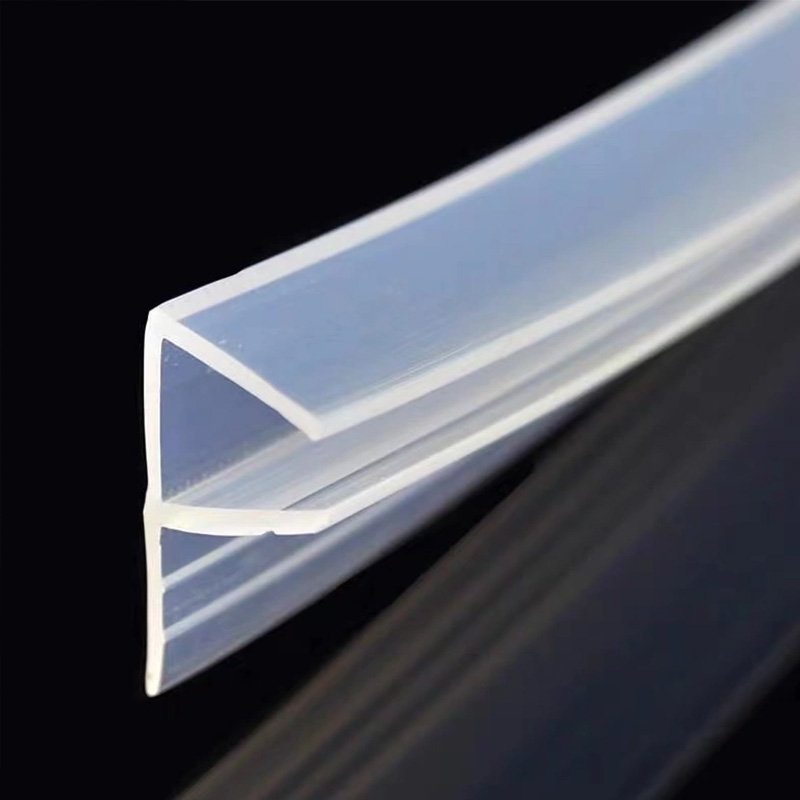lithium ion battery production line
The Evolution and Importance of Lithium-Ion Battery Production Lines
In the modern landscape of technology, lithium-ion batteries have emerged as quintessential power sources, finding applications in everything from mobile devices to electric vehicles (EVs) and renewable energy systems. As the demand for these versatile batteries escalates, so too does the significance of streamlined and efficient production lines tailored specifically for lithium-ion batteries. This article delves into the intricacies of lithium-ion battery production lines, exploring their components, advancements, and the challenges faced in the industry today.
Understanding Lithium-Ion Battery Production
A lithium-ion battery consists of several components, including an anode (typically made from graphite), a cathode (often composed of lithium metal oxides), a separator, and an electrolyte. The production of these batteries involves a series of carefully controlled processes to ensure safety, efficiency, and optimum performance. The production line is generally divided into several key stages electrode manufacturing, cell assembly, electrolyte filling, formation, and testing.
1. Electrode Manufacturing The first step involves the preparation of the electrodes. This includes coating a thin layer of active material onto a conductive substrate, followed by drying and cutting the electrodes to the desired size. Advanced techniques like slurry coating and calendering are employed to enhance the electrodes’ performance, ensuring a higher energy density and longer life cycle.
2. Cell Assembly In this stage, the electrodes, separator, and electrolyte are assembled into cells. This process often requires a cleanroom environment to prevent contamination, as any foreign particles can affect the battery’s performance and safety. Automation plays a critical role here, with robotic arms and conveyors efficiently handling delicate components.
3. Electrolyte Filling After assembly, the cells are filled with electrolyte, which facilitates the movement of lithium ions between the anode and cathode during charging and discharging. Precision is crucial in this step, as the correct amount of electrolyte directly influences battery performance.
4. Formation Formation is a crucial stage where cells are charged and discharged for the first time. This process helps to stabilize the battery chemistry and prevents defects in cycling. It requires careful monitoring and control of temperature and voltage to ensure optimal results.
5. Testing and Quality Control Finally, rigorous testing is essential. Each battery cell undergoes a series of performance and safety tests to evaluate its capacity, cycle life, and thermal stability. This step is vital for maintaining standards and ensuring that the batteries meet consumer and regulatory expectations.
lithium ion battery production line

Technological Advancements
The field of lithium-ion battery production is rapidly evolving, with innovations aimed at increasing efficiency and reducing costs. For instance, the adoption of advanced robotics and artificial intelligence in production lines has led to greater automation, minimizing human error and increasing output. Furthermore, the integration of big data analytics allows manufacturers to monitor processes in real-time, enabling predictive maintenance and reducing downtime.
Moreover, developments in materials science are constantly pushing the boundaries of battery technology
. Next-generation materials, such as solid-state electrolytes and alternative anode materials, promise to enhance battery energy density and safety, potentially revolutionizing the production line processes.Challenges in the Industry
Despite these advancements, the lithium-ion battery production industry is not without its challenges. One major concern is the environmental impact of battery production, particularly in terms of resource extraction and waste management. Efforts are underway to create more sustainable practices, such as recycling battery components and sourcing materials responsibly.
Additionally, the growing demand for lithium-ion batteries poses supply chain challenges, especially regarding the availability of key materials like lithium, cobalt, and nickel. Manufacturers must navigate geopolitical risks and market fluctuations to ensure a steady supply of these essential resources.
Conclusion
As the world moves towards a greener future powered by renewable energy and electrification, lithium-ion batteries will play a pivotal role in this transition. The production lines dedicated to these batteries are at the forefront of technological innovation and industrial efficiency. By focusing on advancements in manufacturing processes and addressing environmental challenges, the lithium-ion battery production sector can continue to evolve and meet the increasing demand for sustainable energy solutions. As we look ahead, the future of lithium-ion battery production holds promise, with the potential for even greater advances that will shape the landscape of energy storage and consumption.
Share
-
The Best Lubricants for Aluminum Roller GuidesNewsJul.23,2025
-
Slitting Machine Applications in the Packaging IndustryNewsJul.23,2025
-
Rolling Roller Balancing Techniques for Smooth OperationNewsJul.23,2025
-
How To Optimize An EV Battery Assembly LineNewsJul.23,2025
-
Energy Efficiency in Modern Battery Formation EquipmentNewsJul.23,2025
-
Automation Trends in Pouch Cell Assembly EquipmentNewsJul.23,2025







